In Toronto’s vibrant Church-Wellesley Village, gay men vanished one by one from 2010 to 2017. Friends whispered of a shadow stalking the bars and back alleys. Then, planters at a client’s home revealed torsos and bones. The man behind it? Bruce McArthur, a 67-year-old Santa Claus impersonator and landscaper who lured victims with dates and dismembered them in his apartment. His case exposed police blind spots and ignited fury over anti-LBGTQ+ bias. Drawing from the Oxygen documentary Catching a Serial Killer: Bruce McArthur and court records, this post unpacks the chilling timeline, the botched probe, and the community’s fight for justice.
The Vanishing Men: Terror in Toronto’s Gay Village
Church-Wellesley pulsed with life in the early 2010s. Gay bars like the Black Eagle drew crowds for leather nights and drag shows. Yet, beneath the neon, fear crept in. Skandaraj Navaratnam, 40, disappeared in September 2010. Abdulbasir Faizi, 44, vanished in 2010, too. Then, in 2012, three more: Faizi’s roommate Majeed Kayhan, 58; Soroush Mahmudi, 50; and Kirushna Kumar Kanagaratnam, 25. All were South Asian or Middle Eastern immigrants—often brown, Muslim, or queer outsiders who avoided police due to distrust.
By 2017, Andrew Kinsman, 49—a white, middle-class activist—went missing. His case exploded. Friends rallied, plastering posters and pressuring the Toronto Police Service (TPS). For years, earlier disappearances drew shrugs. Officers dismissed tips as “high-risk lifestyle” issues—code for assuming victims were sex workers or partiers. Consequently, Project Houston launched only after Kinsman’s vanishing forced action. As one investigator later admitted, “When white guys go missing, it’s impossible to ignore.”
McArthur, meanwhile, blended in. A retired mall Santa with a white beard and jolly laugh, he volunteered at a church and dated men half his age. But online, on apps like SilverDaddies, he posed as “Silver Fox”—charming, dominant, deadly.
The Landscaper’s Deadly Routine: Lures, Kills, and Cover-Ups
McArthur’s double life unraveled his victims methodically. He’d meet men at bars or online, offering rides or cozy chats at his one-bedroom apartment. Once inside, he’d drug their drinks, strangle them during sex, and dismember the bodies on his bed—using a saw and storage bins. For years, he stored remains in his fridge or under floorboards. As a landscaper, he’d mix bones into planters at clients’ properties, like the Eglinton Park ravine.
Selim Esen, 44, was first confirmed in 2017. McArthur lured him with promises of a threesome. Andrew Kinsman was found in June 2017—his blood was later found in McArthur’s vacuum. Dean Lisowick, 47—a homeless sex worker—died unseen, his identity unknown until DNA matched. All told, eight victims: Navaratnam, Faizi, Kayhan, Mahmudi, Kanagaratnam, Esen, Kinsman, and Lisowick.
McArthur’s calm facade fooled everyone. He attended vigils for the missing, even consoled Kinsman’s friends. “He seemed genuine,” one detective recalled. But searches of his home revealed horrors: a bloody saw, handcuffs, and a “kill list” of potential targets. As the documentary notes, “Do you expect Santa Claus to be killing and dismembering men?”
Project Houston: A Flawed Hunt Gripped by Bias
TPS launched Project Houston in August 2017, assigning 15 detectives. Early leads fizzled. Surveillance focused on bars, but McArthur slipped through—he wasn’t a “usual suspect.” Then, a break: Kinsman’s phone pinged near McArthur’s Ravenscliffe Road home.
Read more: Kieran Kelly: The London Underground Killer
Raids followed. In January 2018, cops seized planters from a client’s yard—uncovering three torsos and bones. McArthur’s apartment yielded more: a bloody fake pubic wig, condoms with DNA traces. He was arrested mid-date, confessing after hours of questioning. “I wanted to help,” he lied as a witness early on.
Critics slammed TPS for delays. A 2021 review found anti-gay bias: Earlier tips from the Village were ignored as “marginalized voices.” Racial profiling worsened it—brown victims seen as “transient.” As community advocate Nicki Ward noted, “We were screaming into the void.” The probe’s success came late, thanks to activists like Haran Vijayanand, who mapped disappearances on Facebook.
The Trial and Reckoning: Life Behind Bars
McArthur pleaded guilty to eight first-degree murders in January 2019. Victims’ families read impact statements: “You preyed on the vulnerable,” said Esen’s brother. Justice Anne Molloy sentenced him to life, parole ineligible for 25 years—Canada’s stiffest for multiple murders. “No closure, but justice,” Kinsman’s sister said.
The case sparked reforms. TPS apologized in 2021, vowing to provide bias training. A public inquiry examined “systemic failures.” McArthur, now 78, rots in maximum security. His tools? Auctioned for victim funds.
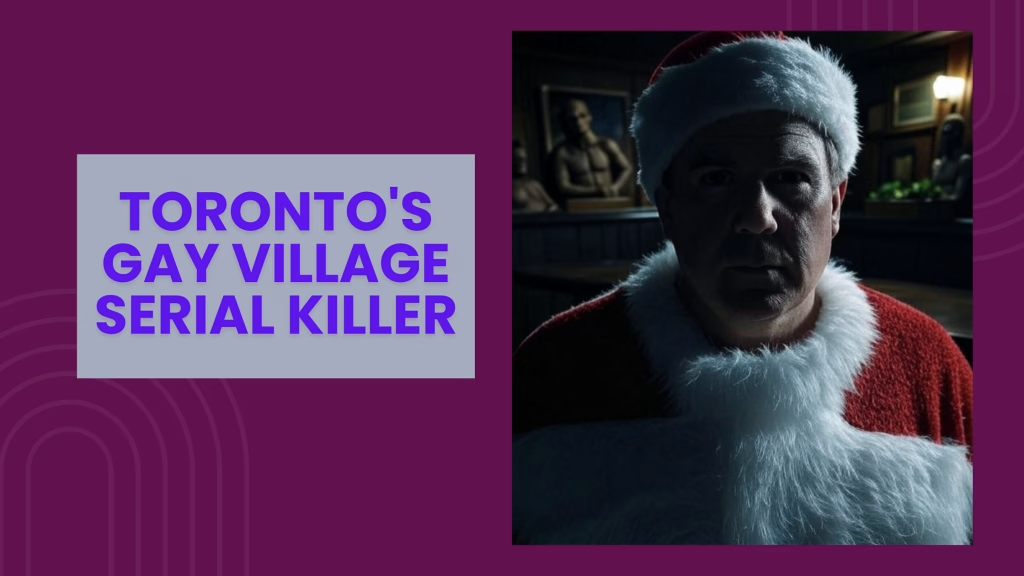
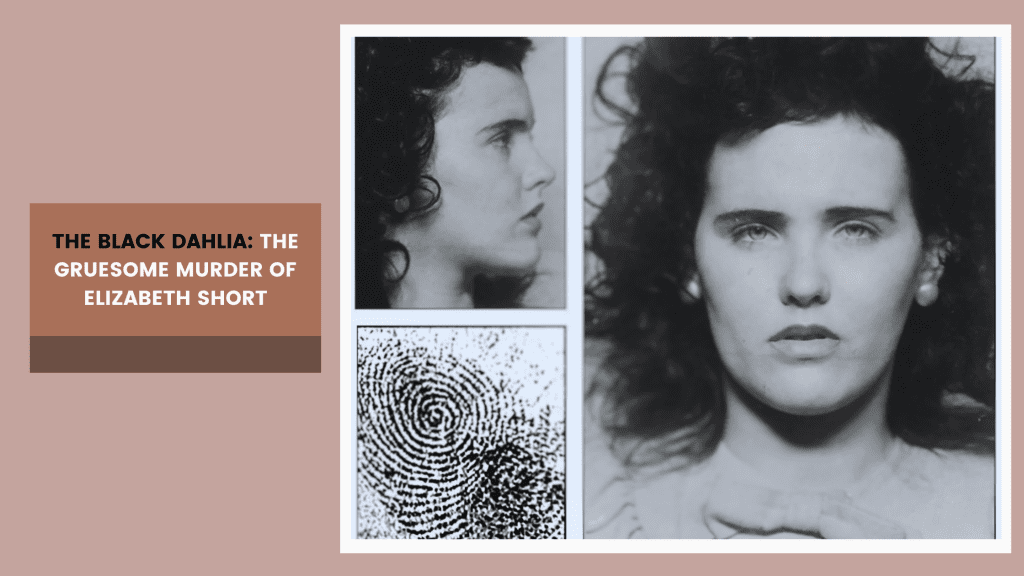
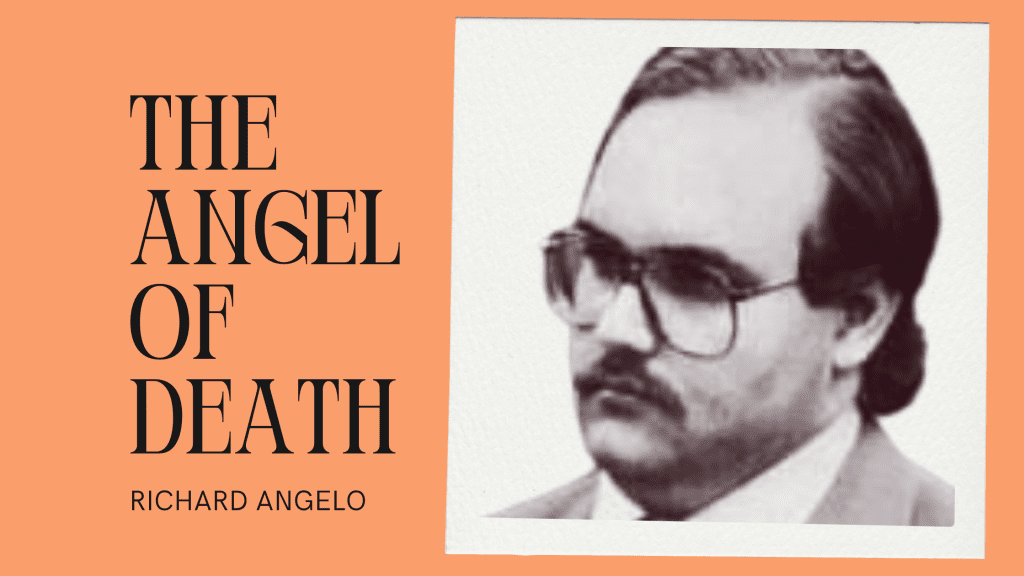
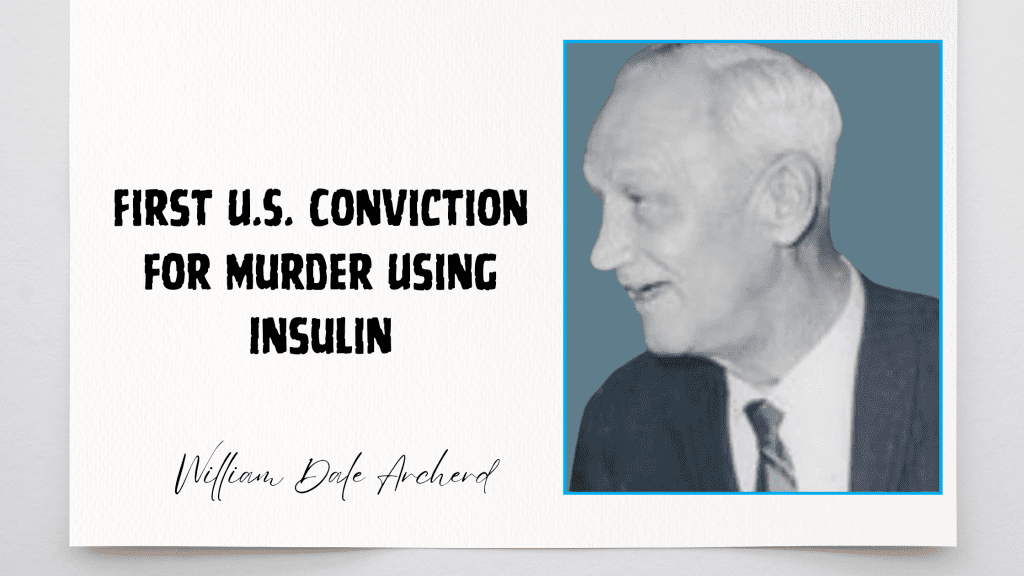
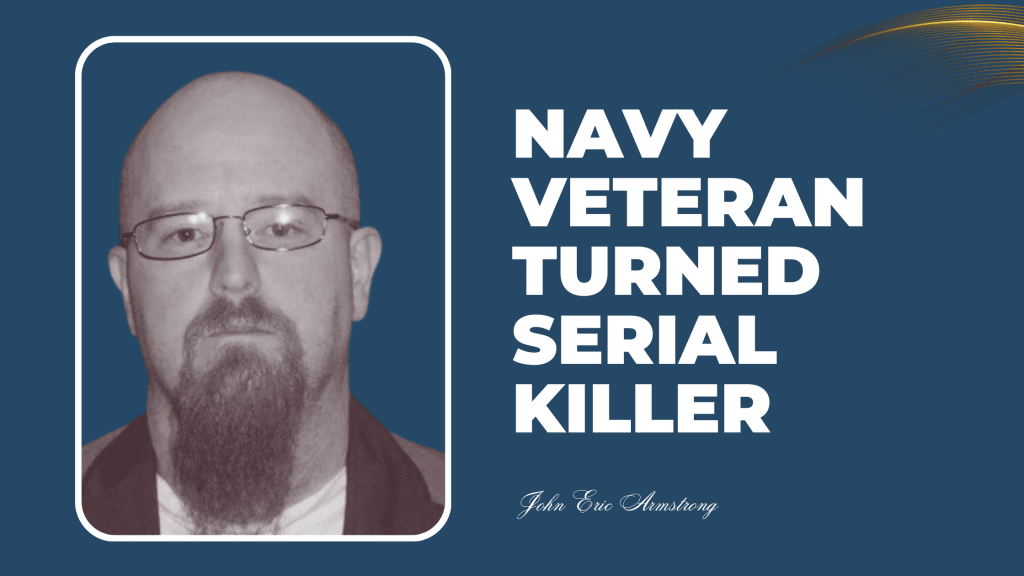
Pingback: Bruce Mendenhall: The Truck Stop Killer - Serial Killers Perspectives